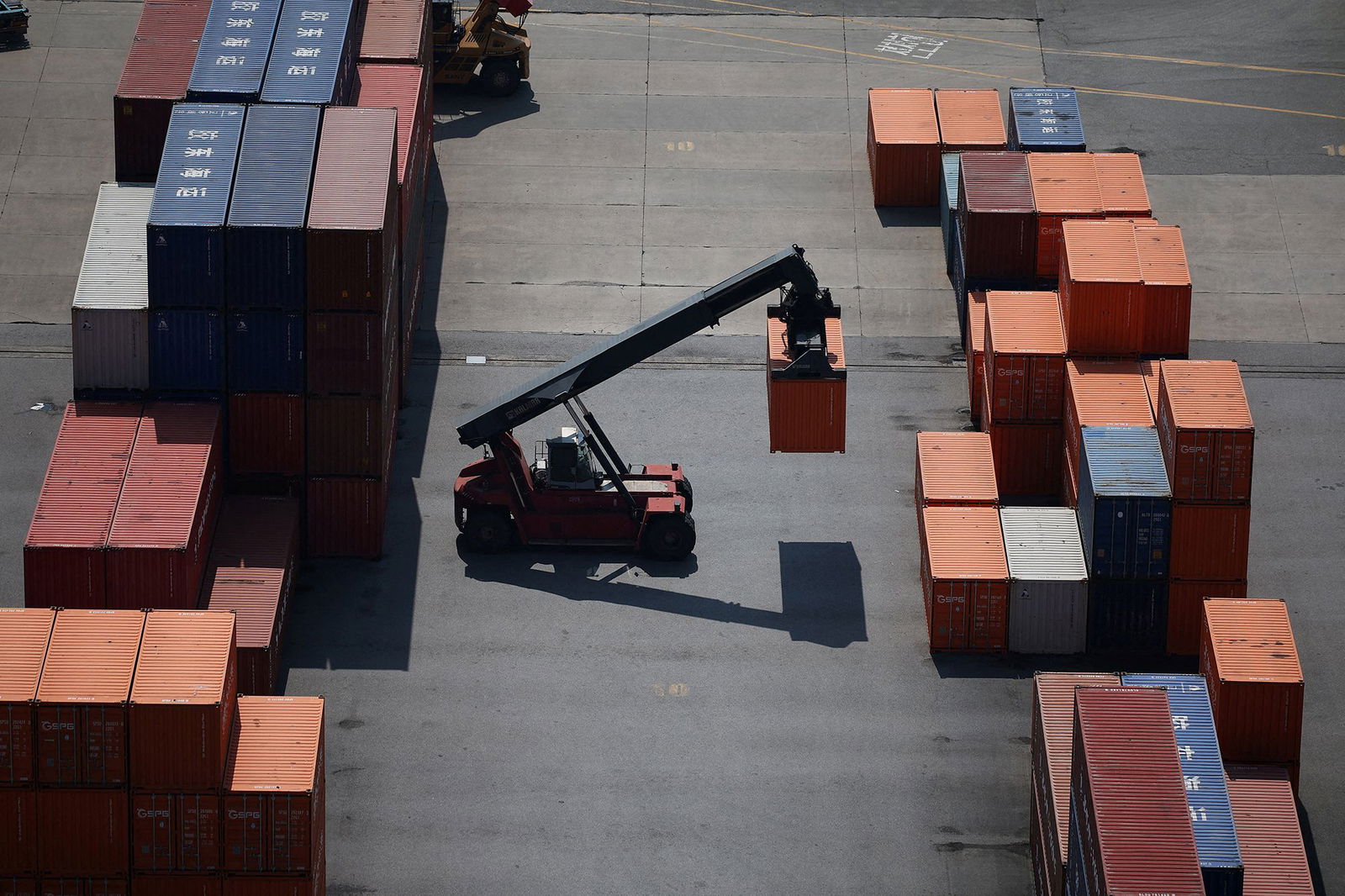In a significant move impacting global trade, former President Donald Trump announced a new trade agreement with South Korea, a pact that introduces a 15% tariff on goods imported from the East Asian nation. This development arrives just prior to the impending August 1 tariff deadline, signaling a decisive shift in bilateral economic relations and setting a new precedent for international commerce.
The announcement, made via a Truth Social post, elaborated on the terms, with Trump asserting that “The Deal is that South Korea will give to the United States $350 Billion Dollars for Investments owned and controlled by the United States, and selected by myself, as President.” This statement underscores a strategic approach to economic partnership, emphasizing US control over investment allocation.
This 15% tariff represents a notable adjustment from previous trade dynamics. Goods from South Korea had briefly faced a more substantial 25% “reciprocal” tariff in April, a measure that was subsequently paused by Trump, affecting numerous nations. While the pause was set to conclude, the new 15% tariff remains higher than the 10% minimum tariff that South Korea and many other countries’ goods have incurred since April, indicating a firmer stance on trade terms.
The agreement aligns with similar tariff impositions on goods from the European Union and Japan, following recent trade accords with those economic blocs. These broader agreements also featured a 15% tariff and included provisions for relief from sectoral tariffs, specifically targeting industries such as automotive and pharmaceuticals, which had faced or were threatened with levies.
For South Korea, a critical aspect of these negotiations revolves around potential relief from existing auto tariffs, which currently stand at 25%. The nation has been a strong advocate for lower automotive duties, given that cars constitute a primary export to the United States. The specifics of whether South Korea secured similar sectoral exemptions remain a key point of inquiry.
Economically, South Korea holds significant importance as the United States’ seventh-largest source of imports. Last year alone, South Korea exported goods worth $132 billion to the US, according to data from the Commerce Department. Beyond automobiles and their components, semiconductors and various electronics ranked among the leading categories of goods purchased by American consumers and businesses from South Korea.
Conversely, the United States exported $66 billion worth of goods to South Korea in the preceding year, showcasing a substantial, albeit imbalanced, trade relationship. The predominant US exports included vital resources such as oil and gas, alongside essential industrial machinery, highlighting areas of American strength in the bilateral trade ledger.
The relationship between the United States and South Korea has historically been characterized by multiple free trade agreements over the past two decades. These agreements have undergone various renegotiations, including during the first Trump administration, reflecting an ongoing process of refining trade terms in response to evolving global economic landscapes and national interests.
The cumulative effect of tariffs imposed by the Trump administration has demonstrably impacted South Korea’s economic performance. The first quarter of the current year saw the nation’s gross domestic product unexpectedly contract by an annual rate of 0.1%, marking the first negative reading in four years and underscoring the tangible economic consequences of these trade policies.






Leave a Reply